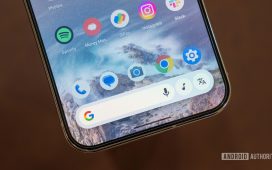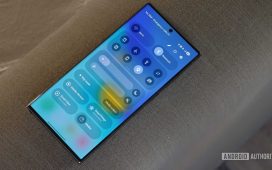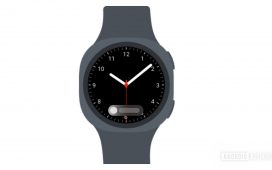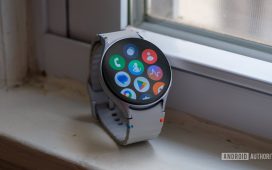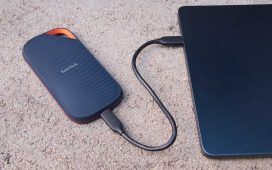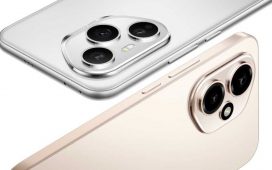While the old debate between LCD and OLED is mostly settled, the world of mobile displays keeps innovating. Now, different kinds of OLED are competing for the top spot, focusing on things like smoother refresh rates and brighter screens. LG Display, one of the best-known names in the display segment, has just thrown a new hat into the ring with its Hybrid Tandem OLED structure.
According to LG, the Hybrid Tandem OLED could use 15% less power than regular OLED panels. For smartphones, where the screen eats up a lot of battery, this is definitely something to pay attention to. If your phone struggles last the day, this new tech might be a key feature in your next upgrade.
LG’s Hybrid OLED display tech is much less power-hungry than current solutions
So, how are they making OLED even more power-friendly? It comes down to the blue subpixel. OLEDs create color with red, green, and blue lights. Blue has always been a bit tricky, needing more power and degrading faster. Modern OLEDs have improved this, but blue has still presented challenges.
LG Display’s new approach uses a combination of materials for the blue light. One layer offers accurate blue and a long lifespan, like current panels. The other layer helps grab wasted energy, boosting efficiency without hurting the stability of the first blue layer. Together, they aim for 15% less power use with the same lifespan as current OLED.
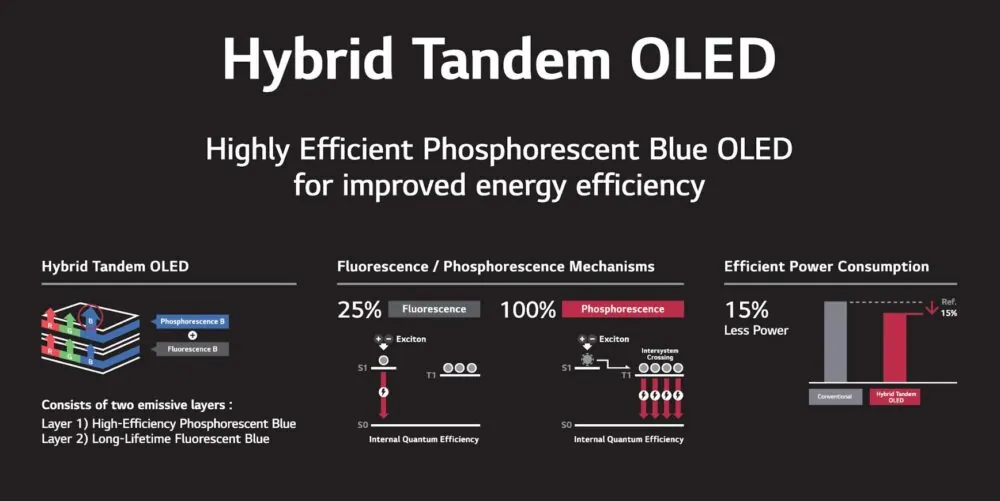
Beyond the science, the challenge is doing this reliably on a large scale. Luckily, LG Display is already at the point of selling their two-stack Tandem technology. They will even be showing off panels for phones and tablets soon. We’ll have to see how well it works with other top-end features.
Smartphones could benefit a lot from tech
Ultimately, longer battery life is a big win for phone users. Even with power-hungry features like 5G and powerful GPUs, the screen is a major drain, especially at high brightness. Features like dynamic refresh rates help, but we use our screens for hours daily.
A 15% cut in display power could mean a noticeable battery saving, adding around up to 30 minutes of screen-on time. Combined with other battery tech improvements, this new OLED could lead to phones that last significantly longer. We’ll have to wait for the first phones with this tech to arrive, hopefully in the next year or so, to see the real-world impact.


